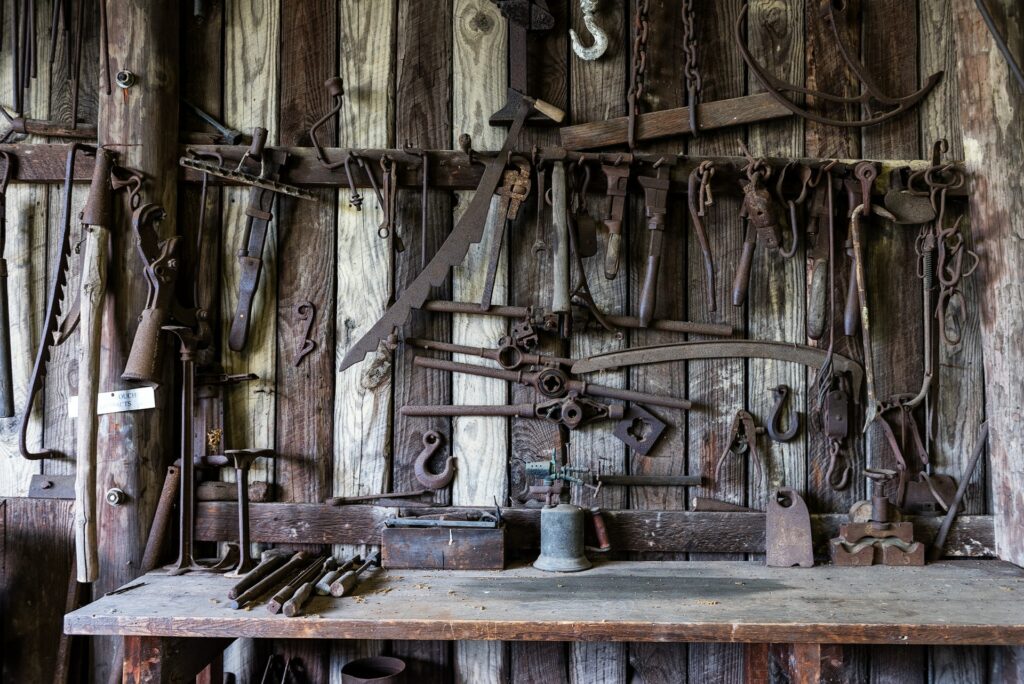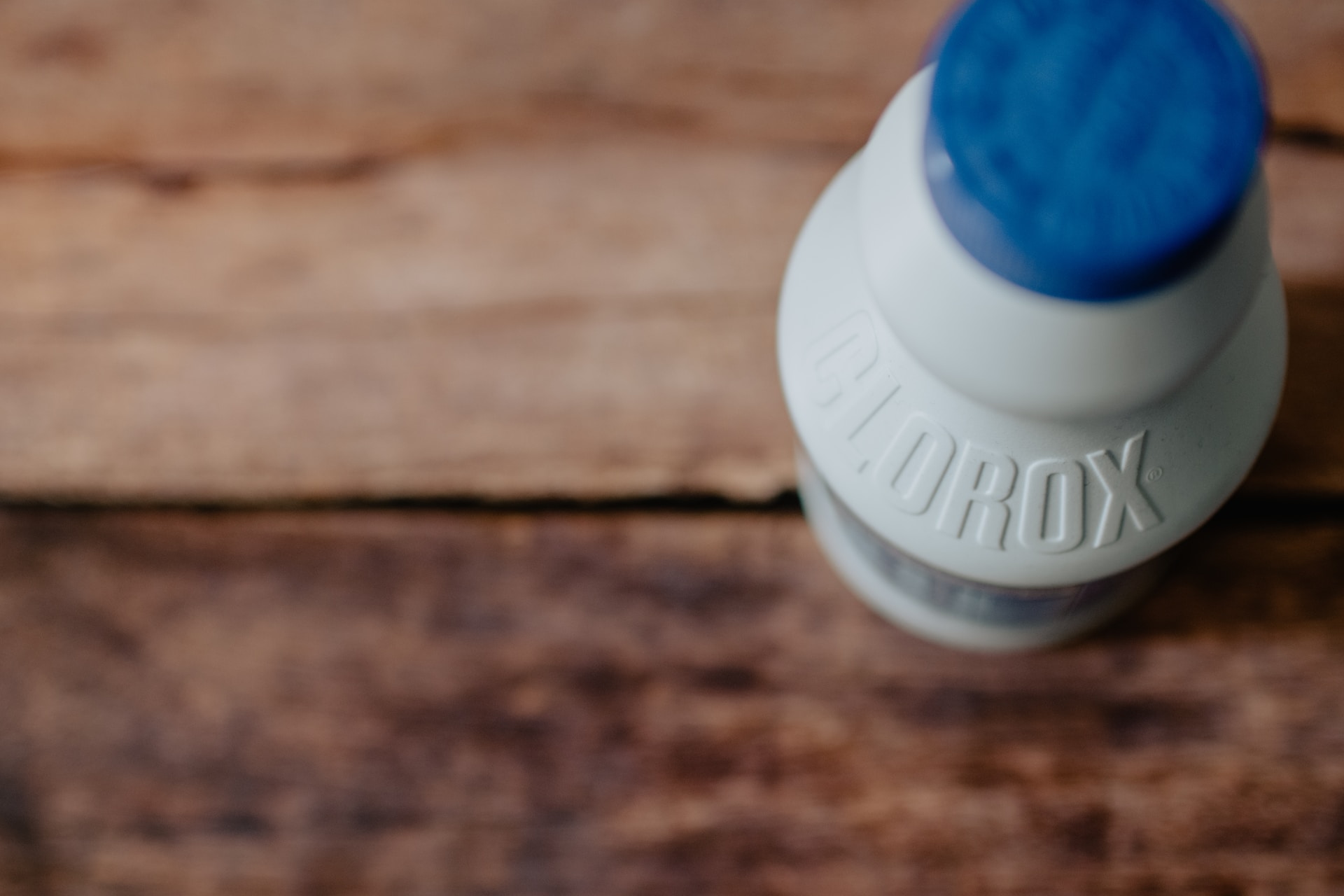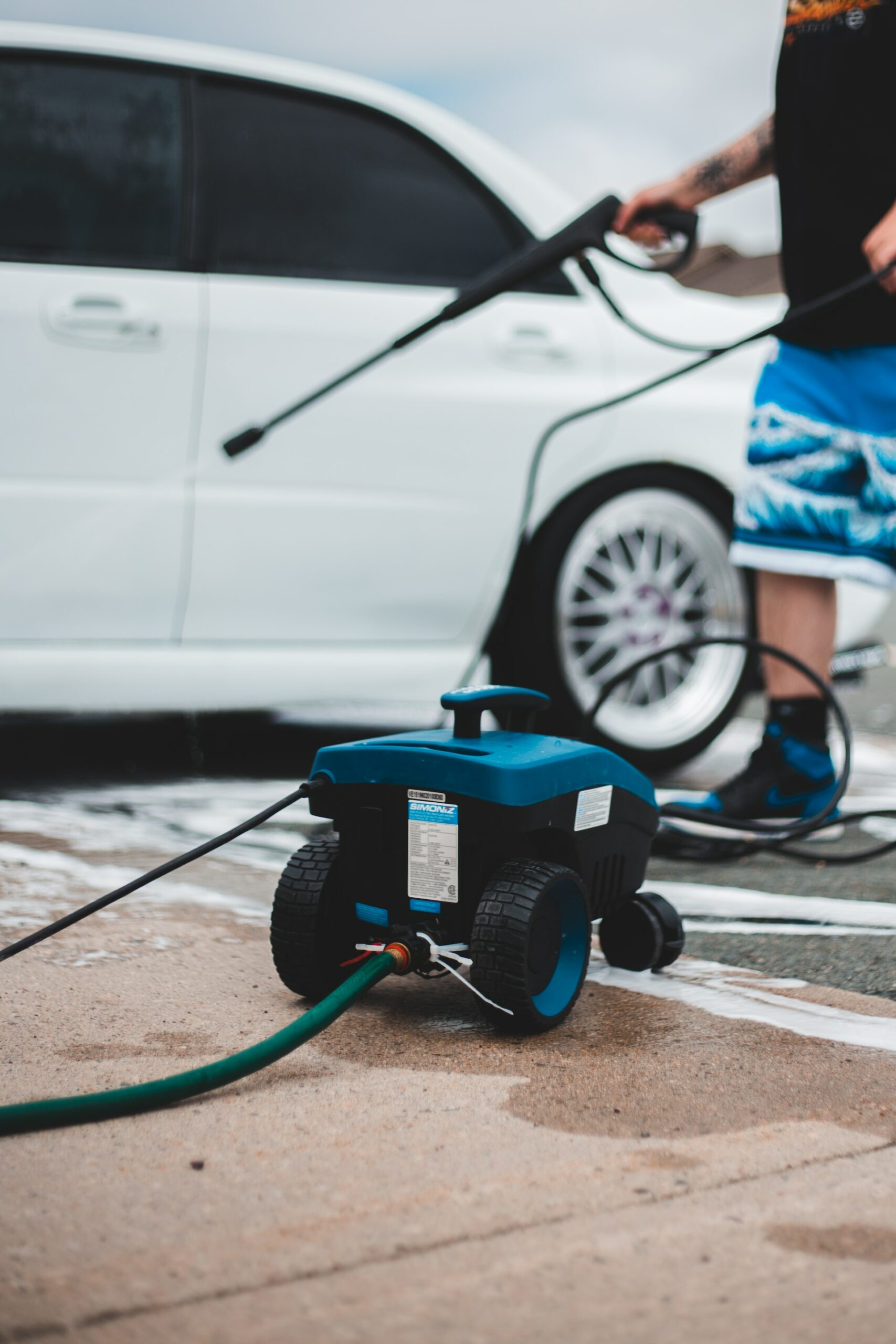You just finished replacing your water pump, working on a project car in the rain – or any other multitude of circumstances where your expensive tools have gotten damp. Tired from the day’s activities, you put your tools away and come back a week later to a dull red and brown hue covering your wrenches. Alas, rust has begun to take hold.
While it might be tempting just to toss wet tools in the box, leaving water on them invites oxidization, literally eating away at them. Even high-quality tools are no match for rust if left wet and neglected for too long. But keeping those tools in great condition doesn’t take all that much extra effort. With that in mind, here’s our quick guide on how to protect your tools from rust.
What Causes Rust?
Rust – the bane of tradespeople the world over – happens when moisture is left on an exposed steel or iron surface for an extended amount of time, causing a process called oxidization. While it doesn’t take long for rust to set in, factors include metal quality, any protective sealants that may have been used, and how long the tools in question have been left to the elements.
Perhaps the worst thing about rust is it tends to jump from surface to surface quickly. Even if you’ve only used that pesky 10mm socket wrench to tighten a loose water hose clamp, put it back in your toolbox, and you risk all your other tools.
Proper Storage
A clean and dry environment is the very first step in proper tool care. It doesn’t matter how well you take care of your equipment or how gentle you are with them. If you store them in an unsuitable area, you’ll find yourself regularly buying new tools as your old ones turn to dust. The storage area should be clean, dry, and with low humidity if possible. Tools should never be stored in the ground, even if you keep your storage room immaculate.
If you live in a fairly humid climate, it would be worth the investment to buy a dehumidifier to wick away excess moisture in the air. You can also buy silica gel packets and nestle them in with your tools to keep the humidity in a small toolbox low.
Proper Care
Now that we covered what causes rust and how to properly store said tools, let’s explain a few things to do after the job is done.
- Wipe your tools down: Even if you haven’t necessarily worked in a wet or humid environment, get in the habit of wiping down your tools after use with a clean rag. Not only does this remove any moisture, but it gets rid of any dirt, grime, and oil – both from the machines you might be working on as well as the oils from your hands. This also gives you a moment to inspect the tools for any damage.
- Use a rust inhibitor: Products like WD-40 displace water and will provide minor lubrication, making the surface of your tools a bit hydrophobic. Be sure to wipe off any excess lubrication as that can encourage the build-up of dirt. A clean, dry tool is what we are going for here.
- Paint or seal exposed parts: Most newer tools will come powder-coated or sealed to prevent rust. However, most older tools will not. If you have an older tool or a tool that sees frequent friction, it will be worth it to repaint or reseal the scuffed surface. Water loves to soak into porous surfaces so filling in those gaps will make it much harder for oxidization to occur.
Removing Rust
If you have a tool that is already showing signs of corrosion, don’t chuck it into the trash bin. With a little time and some products you have around the house, you can remove the rust and have your equipment ready for the next job – provided it hasn’t set in too deeply.
One household remedy is to add some baking powder and water to a bowl (preferably not one you will be using in the future) and make a thick paste. Completely submerge the tool and let sit for a few hours. After it’s done soaking, use a metal wire brush, steel wool, or other abrasive and remove the paste and rust. Rinse, wipe down, and use a rust inhibitor before putting the tool away. This way you not only protect the tool in question but all the tools in the same container.
Invest in Yourself
Great quality tools are a big investment that you should do your best to protect. By practicing proper tool care, you’ll save plenty of time and money at the hardware store just by spending a little extra time post-project. If you’re still struggling to fend off rust, check out our full rust removal guide. If you need help with bigger projects like getting rid of rust around your yard, pavement, or home exterior, come contact us and we’d love to help.


